JAMMU KASHMIR ❤
JAMMU KASHMIR❤
Jammu and Kashmir has a rich history that dates back centuries. It was ruled by various dynasties, including the Mauryas, Kushans, and Mughals. In 1947, the princely state acceded to India, leading to conflicts with Pakistan. The region's special autonomy was revoked by the Indian government in 2019, and it was reorganized into two separate union territories: Jammu & Kashmir and Ladakh. The history of the region is complex and has been marked by cultural, religious, and political dynamics.
Jammu and Kashmir, located in northern India, has a rich and diverse cultural heritage. The region is known for its unique blend of traditions, languages, and art forms. It's home to various ethnic groups including Kashmiris, Dogras, and Ladakhis, each contributing to the cultural tapestry. The cuisine, clothing, music, dance, and festivals in Jammu and Kashmir reflect its rich cultural diversity and history. The state's natural beauty also plays a significant role in influencing its cultural expressions.
Jammu and Kashmir cuisine is known for its rich and diverse flavors, influenced by the region's geography and culture. Some popular dishes include Rogan Josh, Dum Aloo, Yakhni, and various types of bread like Naan and Sheermal. Rice is a staple, often served with flavorful gravies and meat. Kashmiri cuisine is also famous for its use of saffron and dried fruits in dishes like Pulao and Wazwan.
Jammu and Kashmir's economy is primarily based on agriculture, horticulture, and handicrafts. Tourism also plays a significant role due to its scenic landscapes. The region has potential for growth in sectors like information technology and renewable energy. The abrogation of Article 370 in August 2019 brought changes to its special status, aiming to promote economic development and investment in the region.
Rhe currency used in the Union Territory of Jammu and Kashmir in India is the Indian Rupee (INR).
Jammu and Kashmir had its own flag before it was reorganized as two separate Union Territories in India on October 31, 2019. The flag featured three white stripes on a red background, with a white plough in the hoist. However, after the reorganization, the special status of Jammu and Kashmir was revoked, and its separate flag was also removed. The Union Territories of Jammu and Kashmir and Ladakh now use the national flag of India.
Jammu and Kashmir is known for its vibrant cultural heritage, and one of its famous traditional dances is the "Rouf." Rouf is a traditional dance form performed by Kashmiri women, often during festive occasions like weddings or the harvest season. It involves graceful movements, intricate footwork, and the use of colourful costumes and accessories. Another popular dance from the region is the "Dumhal," performed by men wearing elaborate costumes and tall, conical headgear. These dances are an integral part of the cultural identity of Jammu and Kashmir.
Jammu and Kashmir is known for its rich cultural heritage and historical palaces. One of the famous palaces in the region is the "Mubarak Mandi Palace" located in Jammu. It's an architectural marvel with a blend of Rajasthani, Mughal, and European styles. The palace complex consists of several buildings, courtyards, and beautiful gardens. It served as the royal residence of the Dogra kings and is now a museum showcasing the history and culture of the region.
Jammu and Kashmir is known for its stunning landscapes, but it has also produced notable athletes in various sports. Some of the famous sports associated with the region include cricket, soccer, ice hockey, and martial arts like Wushu. Notable athletes from Jammu and Kashmir include cricketers Parvez Rasool and Rasikh Salam, and ice hockey players Tsewang Gyaltson and Stanzin Namgyal.
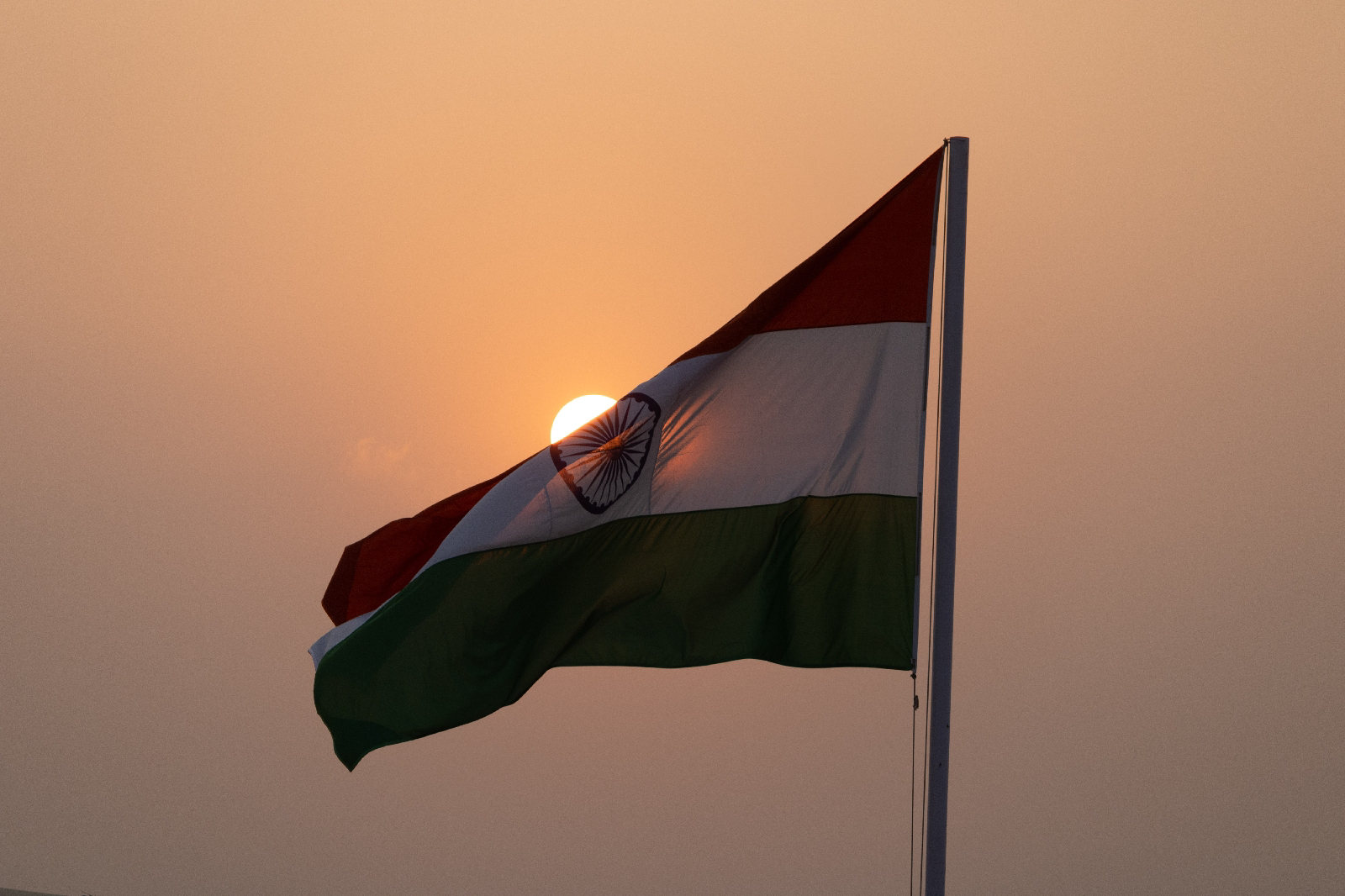
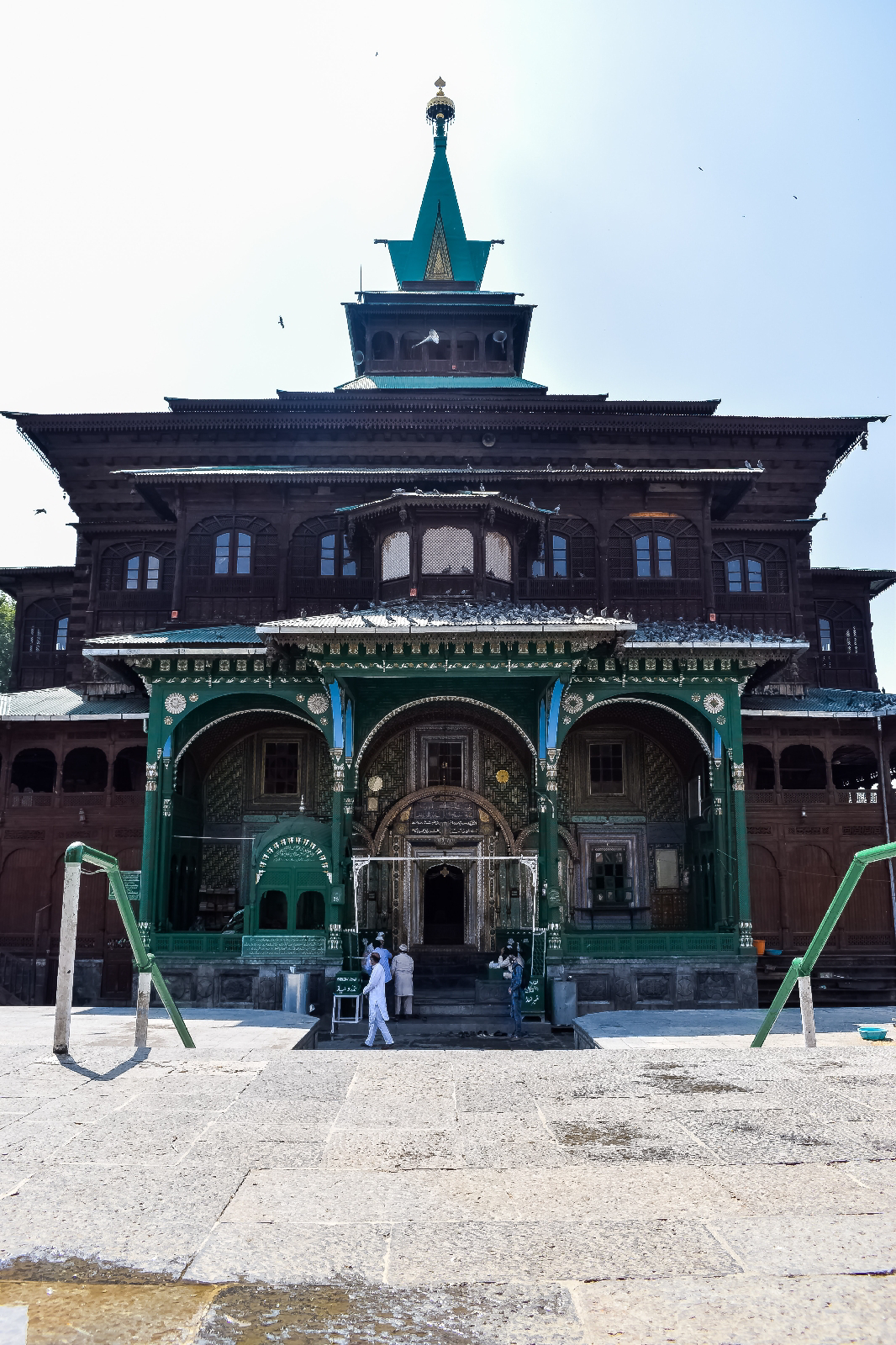
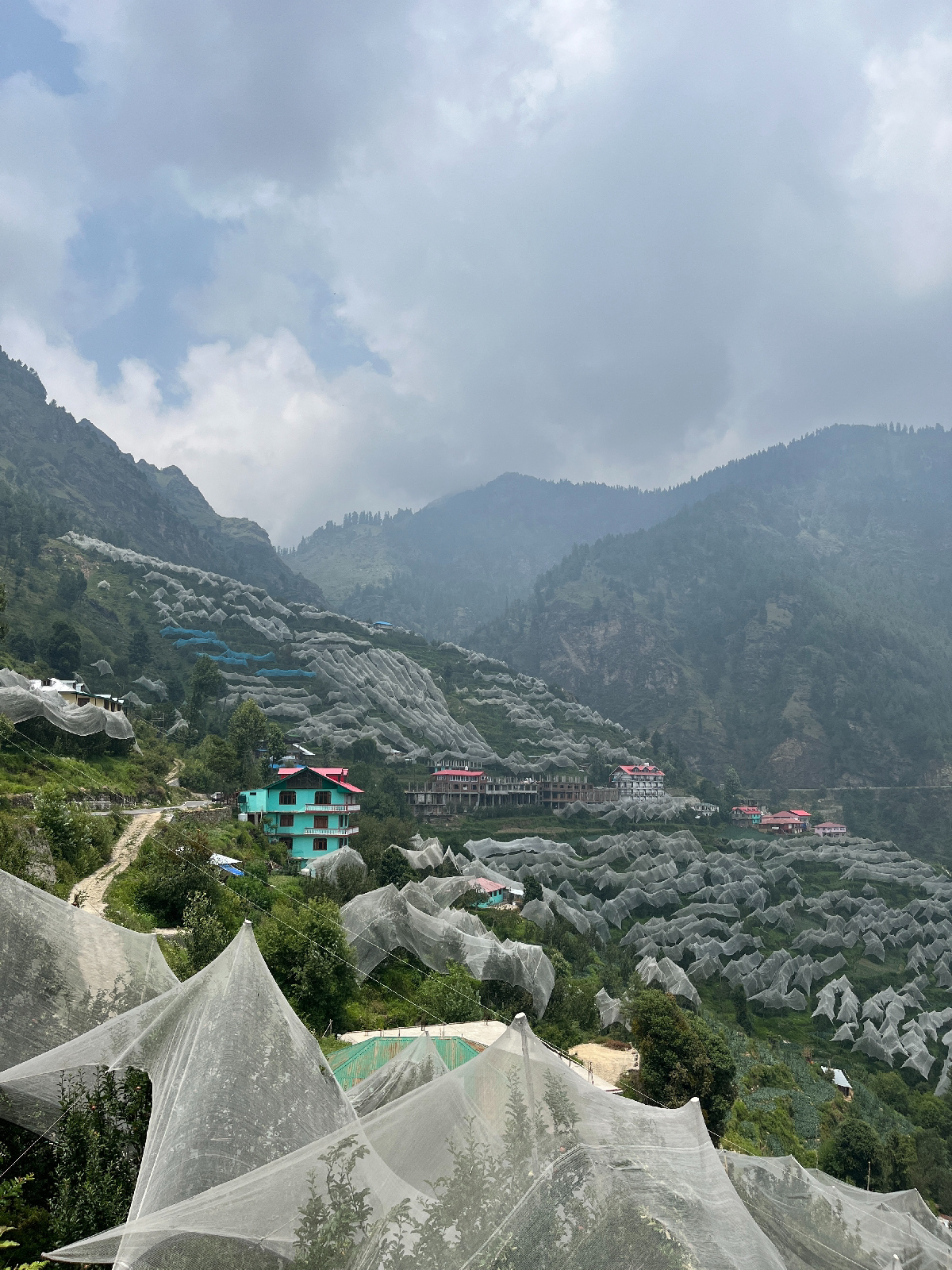



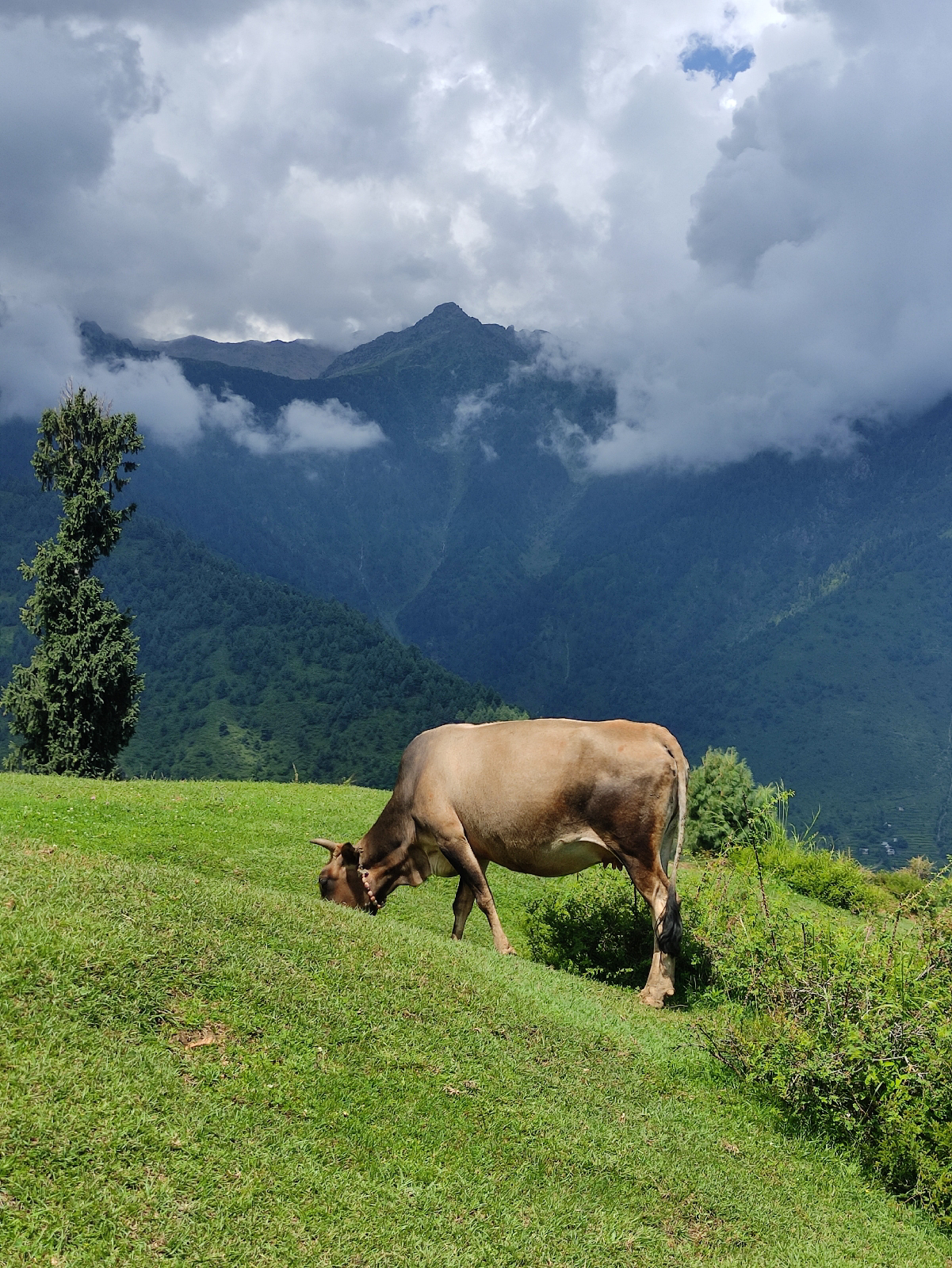






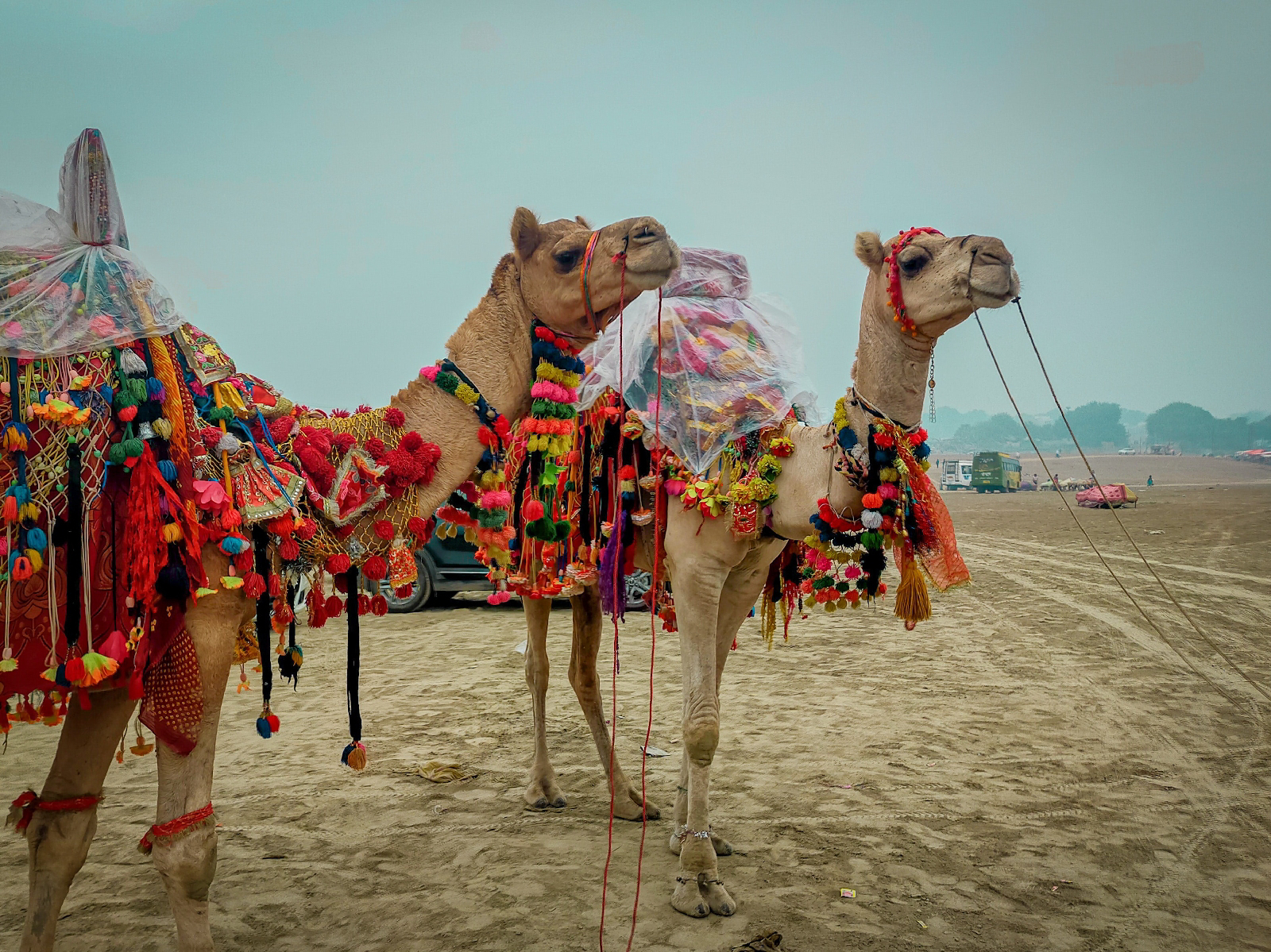
Comments
Post a Comment